SYSTEM DESIGNS
1) The basic wick: The roots grow down through an aggregate medium. A wick (absorbent material) is laced through the medium and hangs down into a reservoir and draws the nutrient solution up into the root zone.

2) The non-recirculating (“air-gap”) system: The roots hang into a nutrient solution reservoir, with the upper part of the root mass suspended in air (air roots to take up needed oxygen) and the lower part of the root mass in direct contact with the nutrient solution (water and nutrient roots).
Type Of System:
- *Liquid/Closed Option * Aggregate Option
3) The raft, float or deep flow system: Plants are suspended through styrofoam boards which float on the surface of the nutrient solution. Oxygen must be supplied to the roots using an aquarium pump and air stones or a “venturi” system.
Liquid/Closed
4) The flood and drain (or ebb and flow) system: The roots grow down through an aggregate. The nutrient solution is pumped into the aggregate medium, floods the root zone for a short time, and is then allowed to drain back into the reservoir.
Type Of System: - *ManualOption * Aggregate/Closed
5) The top feeder system: The roots grow down through an aggregate. The nutrient solution is delivered to the top of the aggregate
medium, percolates through and then either drains to waste or is recirculated into a reservoir.
Aggregate/Closed or Open
6) Nutrient film (flow) technique (NFT): The roots may be growing from Rockwool blocks or through cups filled with an aggregate for support but ultimately hang into a slightly slanted tube or trough. The nutrient solution is pumped to the higher end, flows past the hanging r roots and then back to the reservoi
 r
rType of system = Liquid-Aggregate/Closed
Type of system = Liquid/Closed or Open



























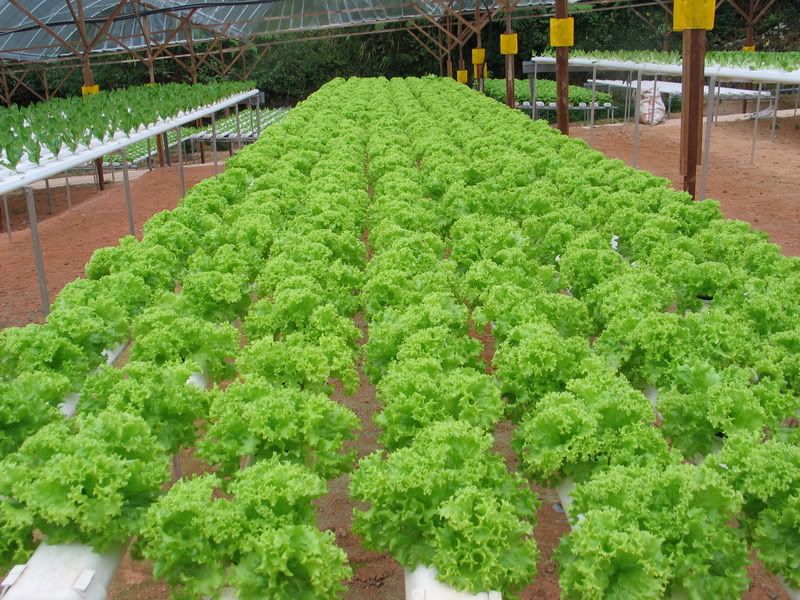
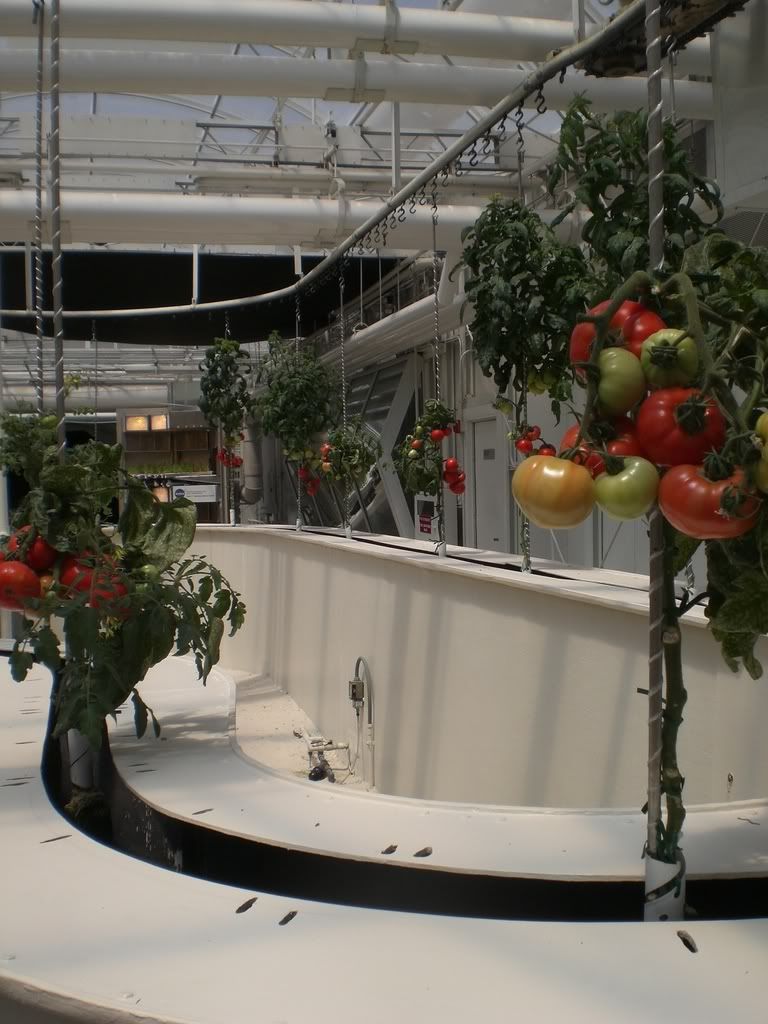
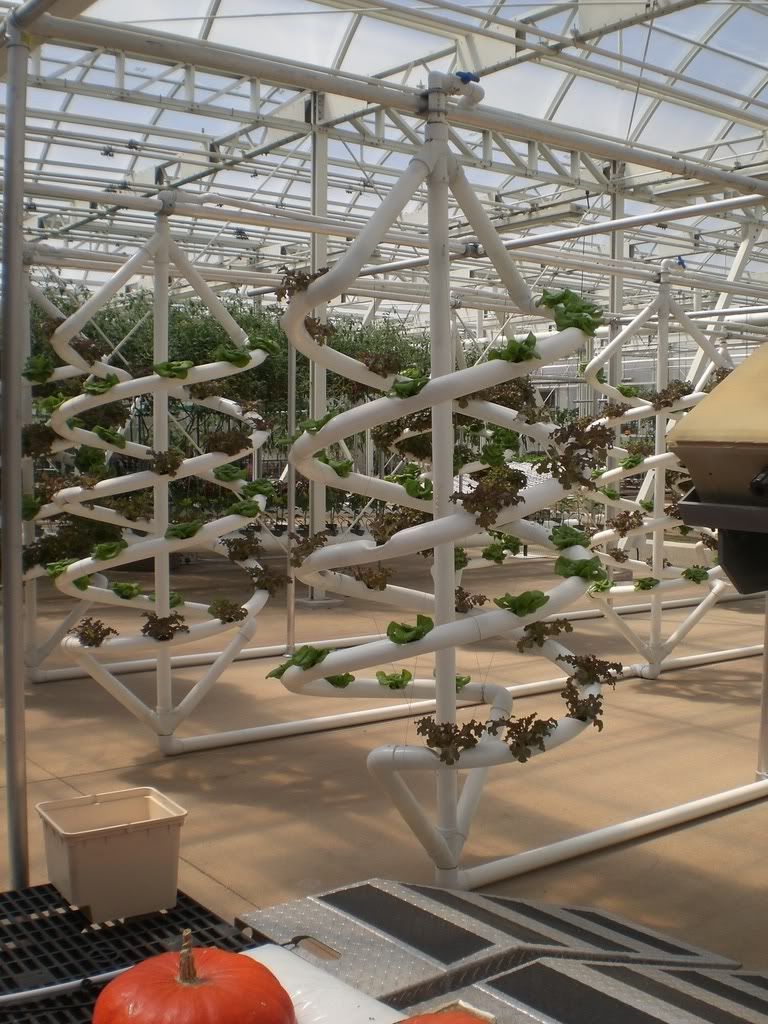
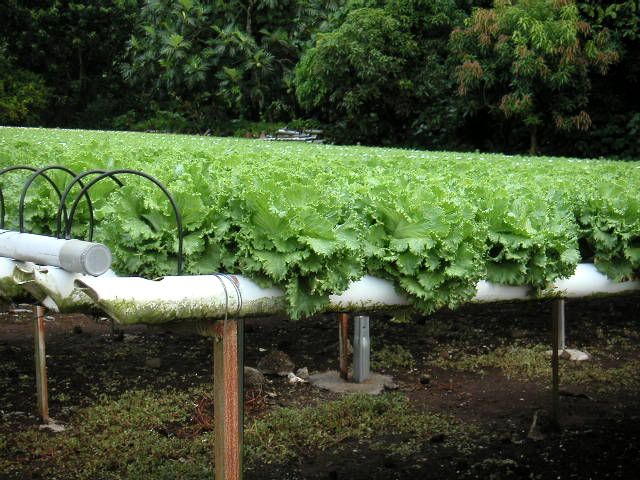
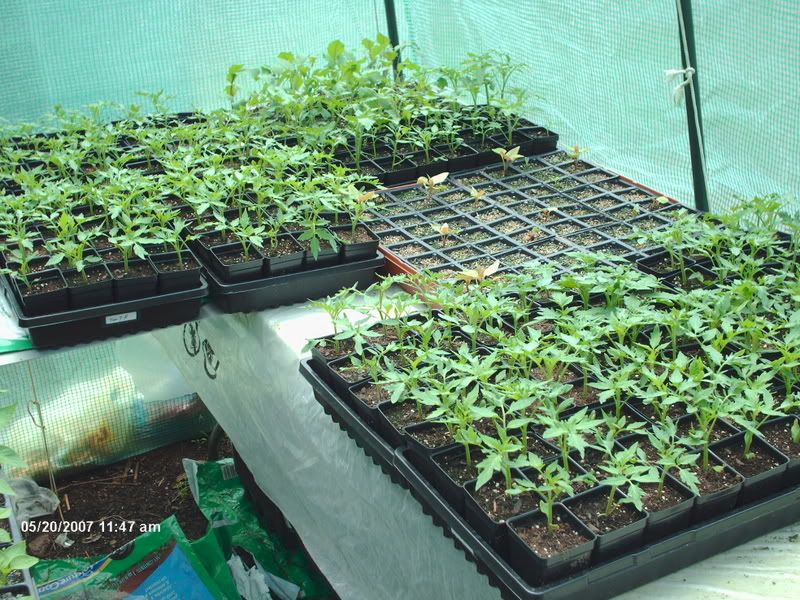
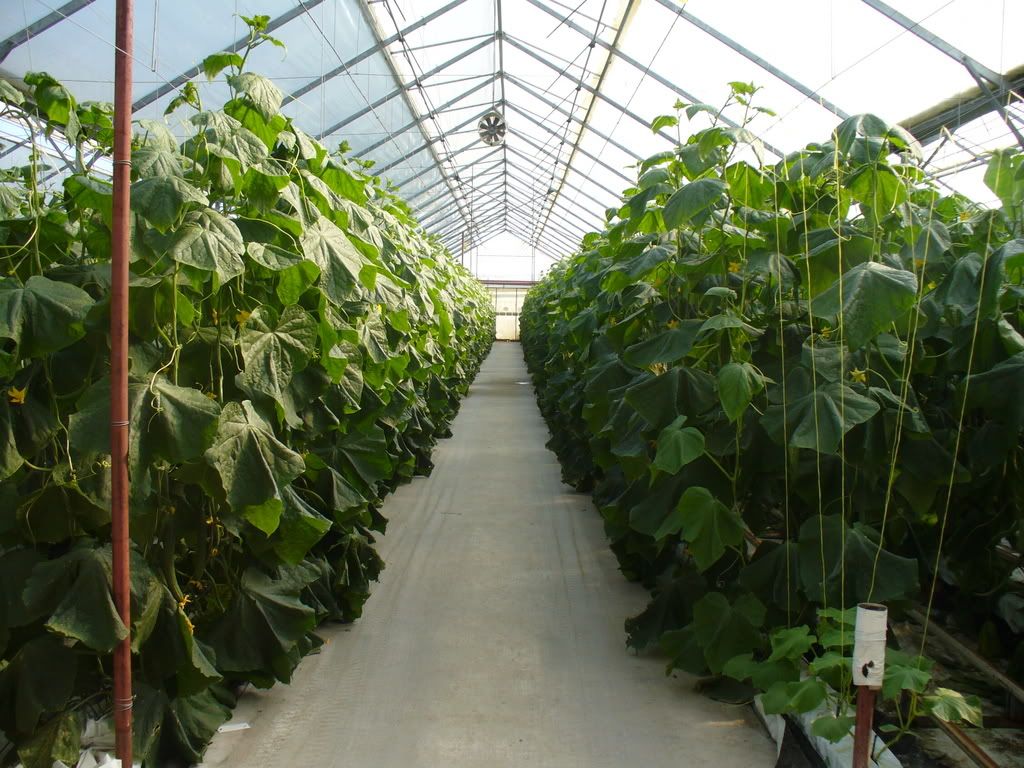
No comments:
Post a Comment